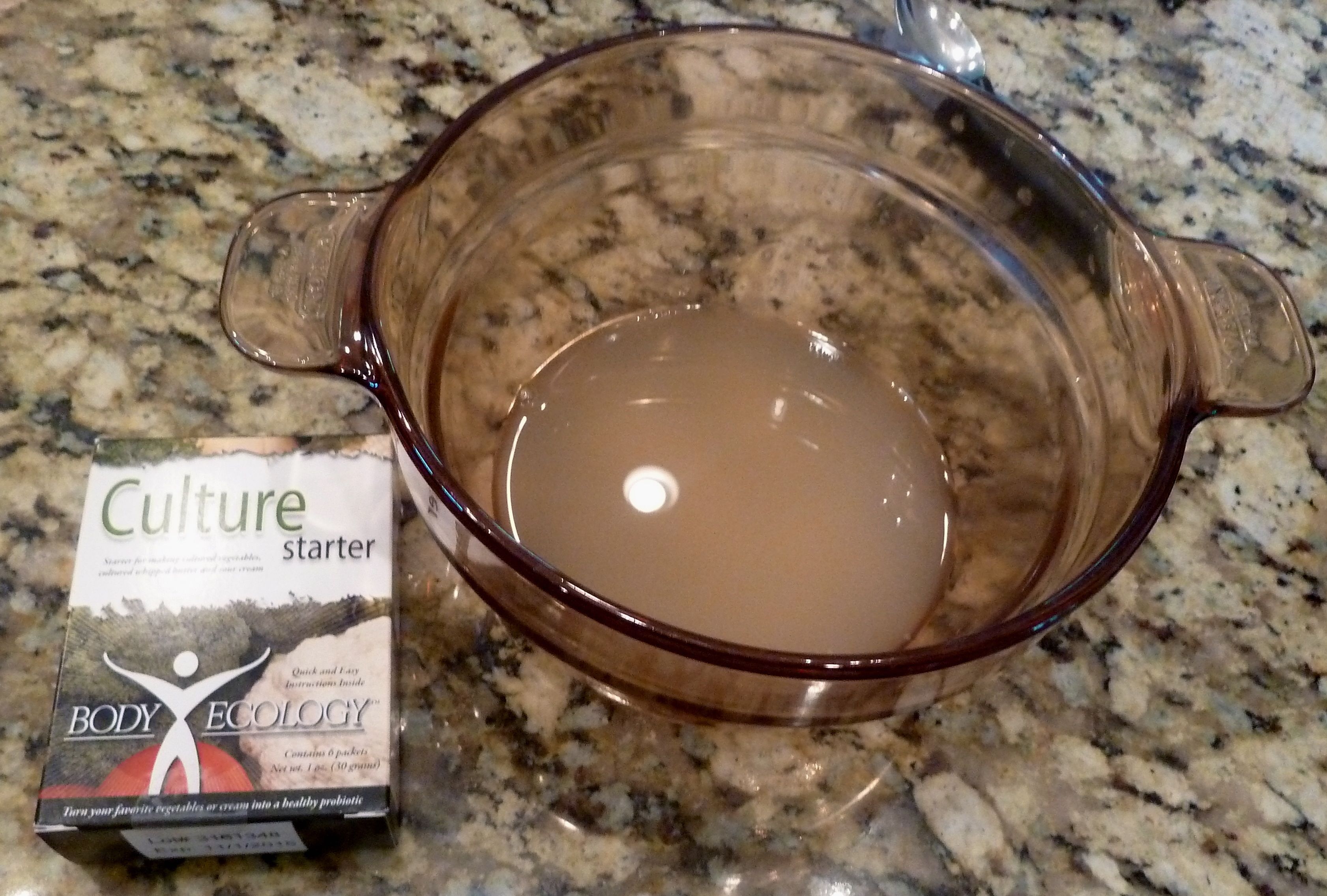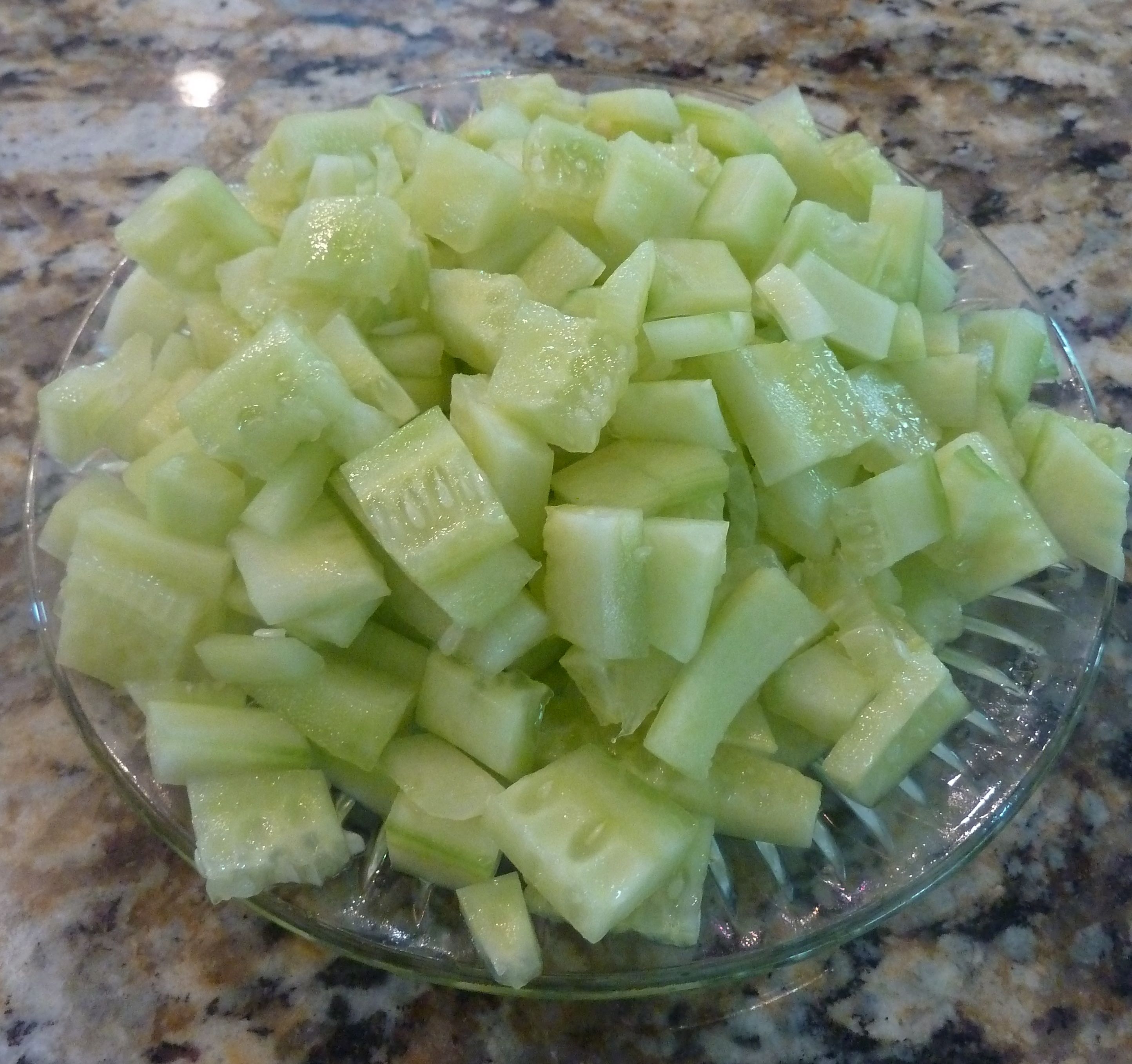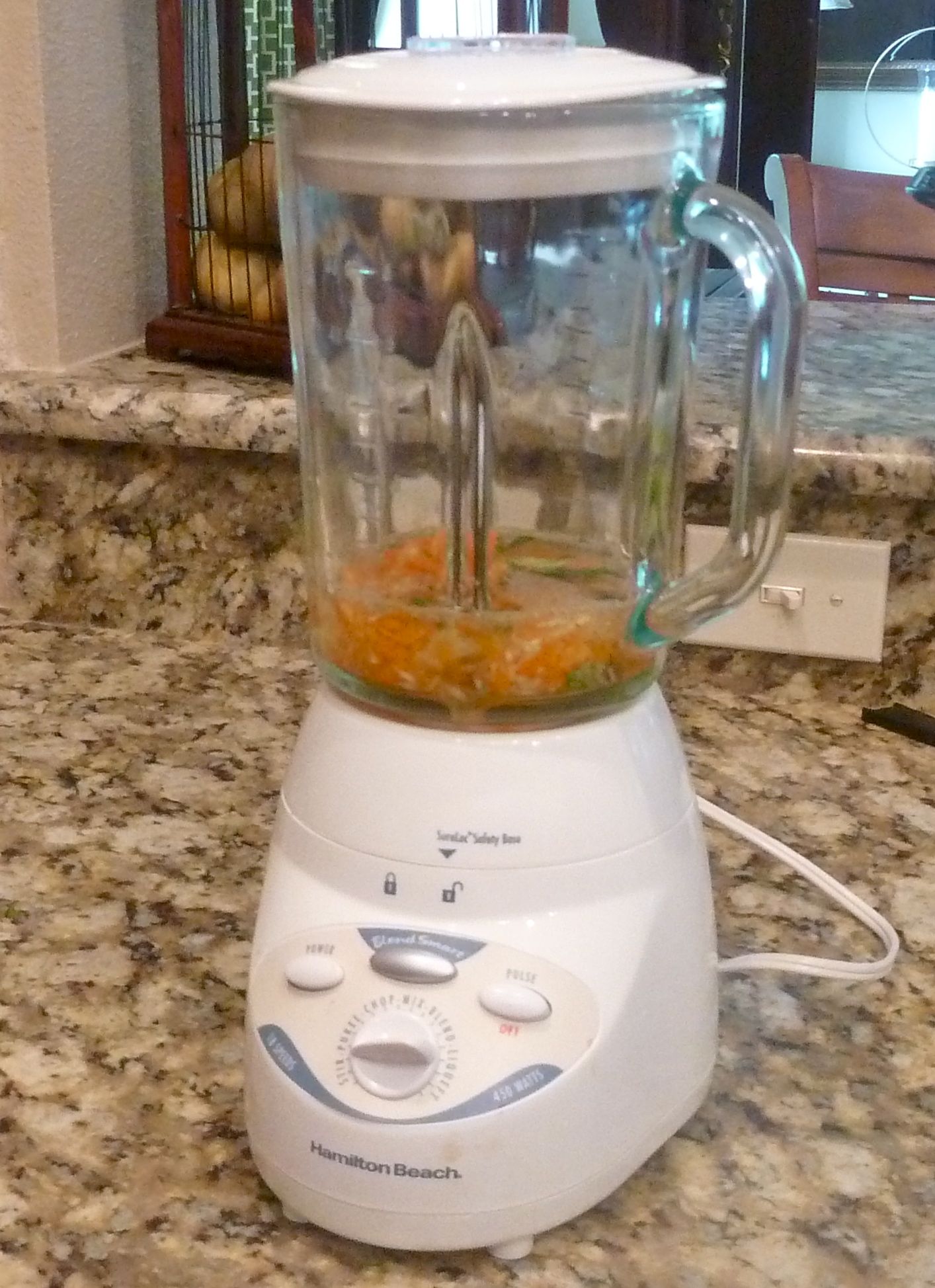
Hormones are your body’s chemical messengers. They travel in your bloodstream to tissues or organs. They affect just about everything in your body such as:
- Growth and development
- Metabolism – how your body gets energy from the foods you eat
- Reproduction/Sexual function
- Mood
Here are steps you can take to balance your hormones naturally:
1. Avoid High Omega-6 Polyunsaturated Fats
Avoid vegetable oil, peanut oil, canola oil, soybean oil, margarine, shortening, or other chemically altered fats. Instead eat: coconut oil, real butter, ghee, olive oil (low temperature only or use as salad dressing) and a fish that is high in Omega-3 at least once a week.
2. Limit the Caffeine or Eliminate it from Your Diet Entirely
Cut down on the caffeine, if you can. Replace your caffeinated drink with organic herbal teas. Numi Organic’s Emperor’s Pu-Erh tea has a full-bodied taste like coffee and is delicious with cream. Caution: Pu-Erh tea contains caffeine, although not as much as other teas. However, it is full-bodied like coffee, so can be helpful when trying to break the coffee habit. Pu-erh also contains antioxidants and other substances known to protect the heart. Organic teas such as peppermint, ginger and licorice are free of caffeine and very satisfying as well.
3. Avoid Toxins
Toxins are pretty much everywhere in today’s world, but there is a lot we can do in our everyday lives to make good choices. Choose your household cleaners and personal products with care. Hormone disrupting chemicals are found in pesticides, plastics, household chemicals, and mattresses. Birth control pills also contribute greatly to hormone imbalance in women. Make wise choices to take care of your body.
Cook in glass or enamel coated cast iron pans (avoid Teflon). As much as possible, store foods in glassware, and minimize the use of plastics. Choose organic produce and meat whenever possible. Use clean, non-toxic household cleaners, or even consider making your own (watch for a post on this topic in the near future!). Consider buying a mattress cover to keep from breathing the chemicals emitted from your mattress as this is a much less expensive option than buying an organic mattress. Another option is to buy a sleep number mattress as they are filled with air instead of chemicals.
4. Sleep
If you aren’t getting enough sleep, your hormones will not be balanced. Sleeping eight hours per night can improve hormones and is even linked to longer life, less chance of disease, and weight loss.
5. Supplement Wisely
Ideally, our diet would be balanced enough to keep our hormones at optimal levels. However, if your hormones are not in balance (with the help of a healthcare professional) you can consider trying:
- Maca– A tuber in the radish family that is said to boost hormone production and libido. Many women notice less PMS, increased fertility, and improved skin. Men often notice increased sperm production, libido, and better sleep when taking Maca. Maca is also high in minerals and essential fatty acids, making it great for hormones.
- Magnesium– Magnesium supports hundreds of reactions in the body and often contributes to better sleep (good for hormone balance).
- Vitamin D– A pre-hormone is supportive of hormone function. It is best obtained from the sun. But if that is not possible, consider a D3 supplement or Fermented Cod Liver Oil. It is also possible now to procure UVB-based Vitamin D-enhancing light systems. If you have an interest in supplementing with Vitamin D, first take the time to get your blood tested to find out your current level. Taking too much Vitamin D can be toxic. There is research by the Autoimmunity Research Foundation, a nonprofit organization, indicating that excess vitamin D may actually have an immunosuppressive effect and can possibly interfere with healthy immune function and recovery.
- Fermented Cod Liver Oil– Provides many of the necessary building blocks for hormone production including Vitamins A, D, and K. It also is a great source of Omega-3s and beneficial fats.
6. Consider Homeopathy
When toxins are removed and organs and glands are supported, the body can often rebalance its hormones effectively. Sequential homeopathy provides an effective and simple way to gently detoxify the energetic residue and toxic effects of birth control pills and other toxic exposures that contribute to hormone imbalance. Sarcodes, or remedies made from healthy glandular or tissue extract, can also be helpful to rebalance hormones and bring them their optimal vibration.
7. Exercise Lightly
If you have hormone imbalance, intense extended exercise can actually make the problem worse in the short-term. Try to walk for at least a half hour a day or do another light form of exercise like yoga or Pilates. Try to get at least 30 minutes of exercise, three times a week.
8. Eat Coconut Oil
Coconut Oil is extremely beneficial for hormone health. It provides the necessary building blocks for hormone production, can assist weight loss, reduce inflammation, and even has antimicrobial and antibacterial properties. Try to consume 1/4 cup of coconut oil a day.
9. Maintain a Healthy Diet
Incorporate more fresh, organic fruits and vegetables, plus raw nuts and seeds (soaked and sprouted whenever possible) into your diet. Foods such as processed carbohydrates, fried foods, soft drinks, enriched flour, processed vegetable oil and soy products may alter hormone balance. Avoid non-organic dairy products which may contain harmful bovine growth hormones, steroids and antibiotics.
10. Take Care of Your Soul
Remember to make time for yourself at least once a day. Find small ways to incorporate rest and relaxation throughout the day. Be present. Breathe. Smile and laugh. Consider learning some form of yoga or meditation. Trauma and trapped emotions can contribute to any physical symptom pattern in the body, and hormone imbalance is no exception. Symptoms are only a message from the body. When we understand the message, the symptoms can go. Energy healing sessions can bring healing to the root cause, allowing for trauma (and symptom) release.
Please stay tuned for future posts where I will discuss natural ways to support your adrenal gland (your ability to deal with stress), thyroid gland (your metabolism), and pancreas (blood sugar/maintain healthy insulin levels).
Blessings,
Jenice



















